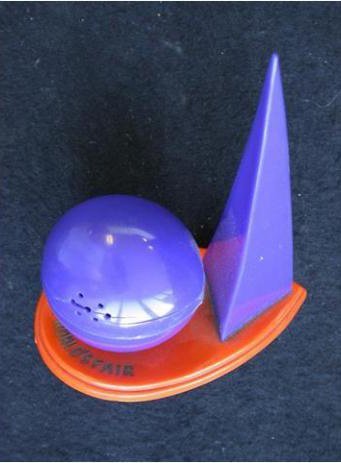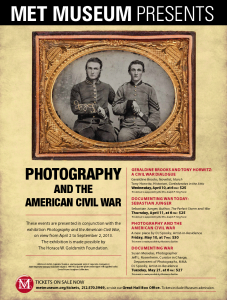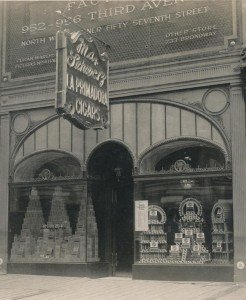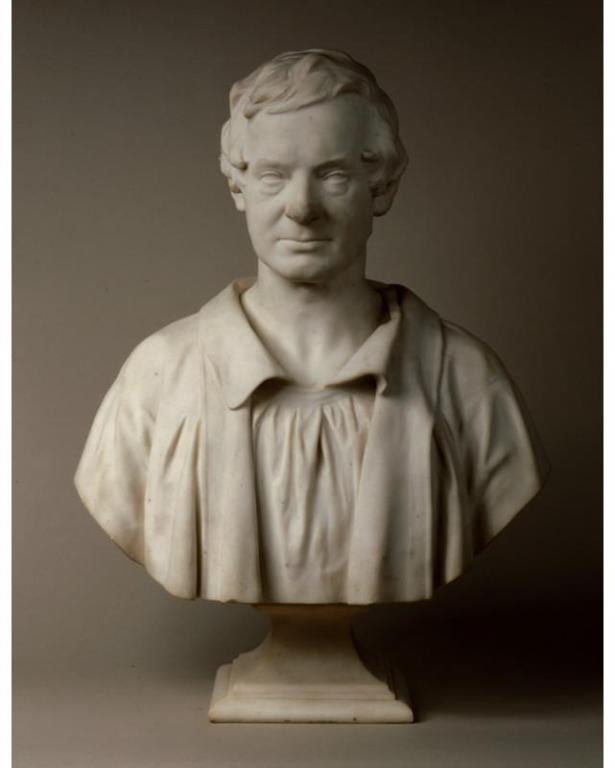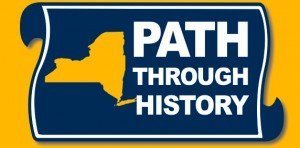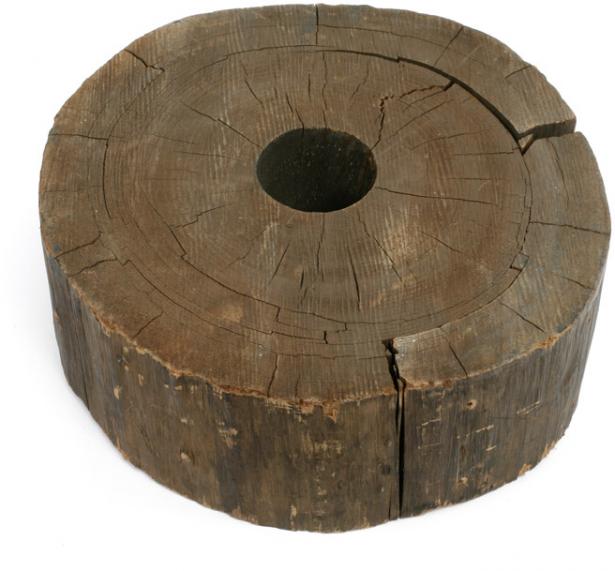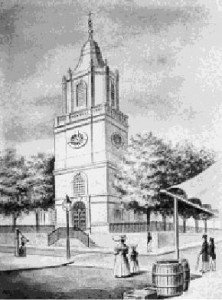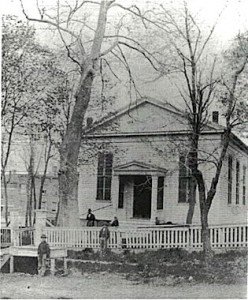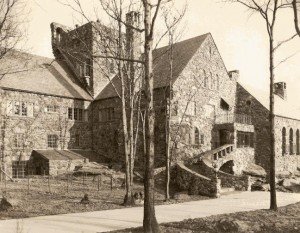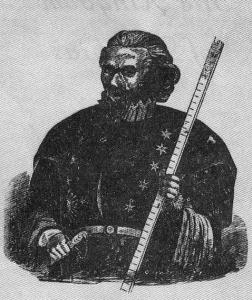 Long before the fictional and shocking “Peyton Place” of TV and film fame came along in the late 1950s, and early 1960s there was an actual suburban community where its residents were roiled by rampant scandal, moral and religious hypocrisy and a sensational a murder in their midst.
Long before the fictional and shocking “Peyton Place” of TV and film fame came along in the late 1950s, and early 1960s there was an actual suburban community where its residents were roiled by rampant scandal, moral and religious hypocrisy and a sensational a murder in their midst.
The year was 1834 and the place was the normally tranquil and bucolic Village of Sing Sing, now called Ossining. Actually, the extremely bad behavior took place just outside of the Village, on nearby farmland where a high-end condominium called “Beechwood” now stands in the Village of Briarcliff Manor, on the southwest intersection of Route 9 and Scarborough Station Road. Nonetheless, due to its proximity, it was the Village of Sing Sing that got the headlines in the “penny press,” and crowds of curious and outraged Villagers flocked to the “New York Road” in front of the farm hoping for a glimpse of the sequestered souls residing in the house. Read more
